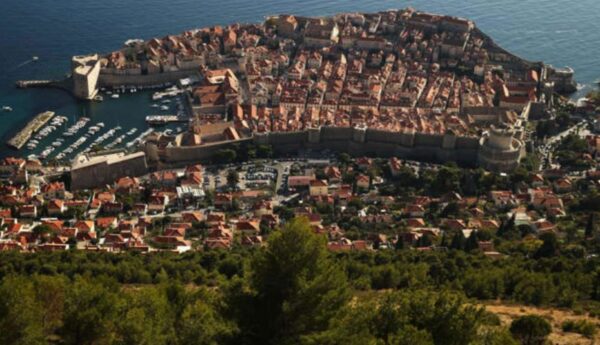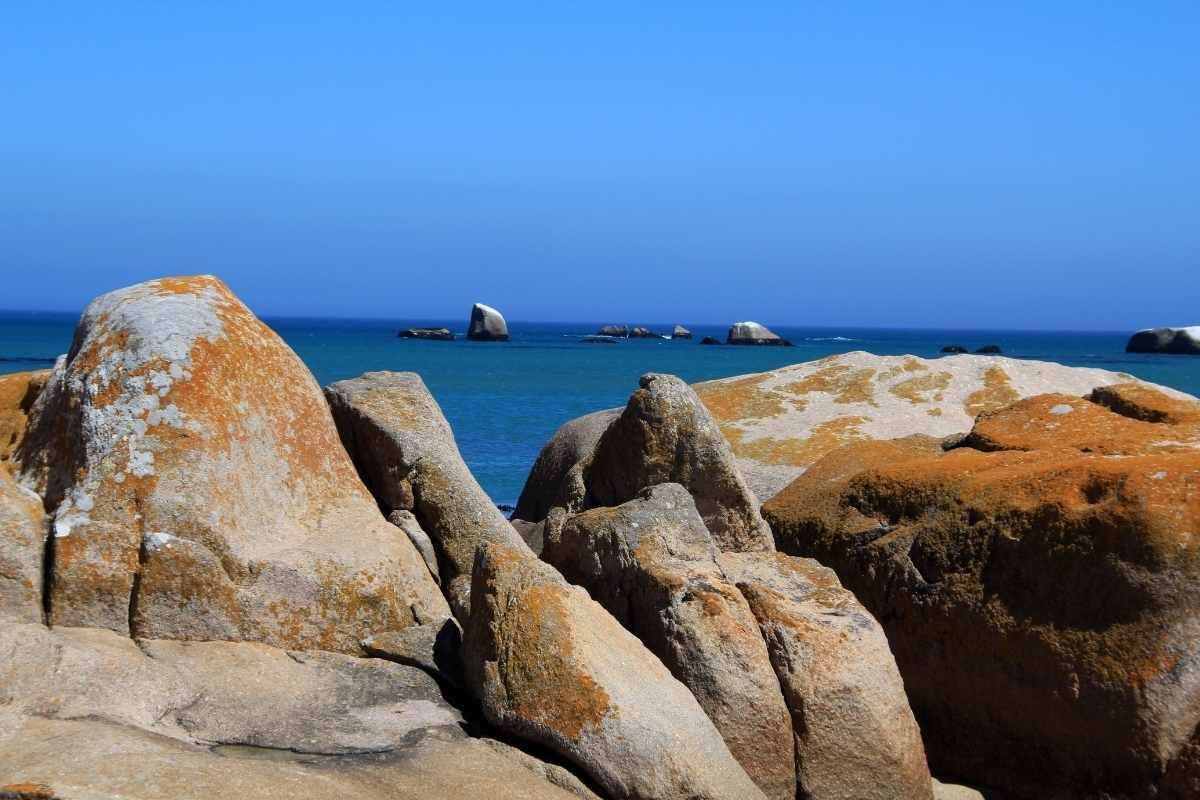Some of the world’s most historic and beautiful attractions are being damaged by mass tourism, undermined by commercialization or just tarnished by selfie-crazy masses.
From uncomfortable overcrowding and tacky souvenir stores to physical damage inflicted by a constant flow of visitors, we look at the impact commercialization has had on some bucket list destinations.
1. Machu Picchu, Peru
This ancient Incan citadel has suffered from severe erosion due to high foot traffic. In response, the Peruvian government has implemented daily visitor limits and mandatory guided tours to mitigate further damage.
2. Venice, Italy
Venice faces challenges from mass tourism, including overcrowding and environmental degradation. The influx of tourists has accelerated the city’s sinking and strained its infrastructure. Measures such as restricting large cruise ships and curbing Airbnb rentals are being considered to preserve the city’s heritage.
3. Maya Bay, Thailand
Made famous by the film ‘The Beach,’ Maya Bay experienced severe environmental damage due to over-tourism. The bay was temporarily closed to allow for ecological recovery and has since reopened with new regulations to limit visitor numbers and protect the coral reefs.
4. Great Wall of China
The Badaling section of the Great Wall sees a significant influx of visitors, leading to deterioration of the monument. Authorities have implemented a daily visitor cap and a three-level warning system to manage crowds and preserve the site.
5. Galápagos Islands, Ecuador
Once a remote paradise, the Galápagos Islands have seen a surge in tourism, threatening their unique biodiversity. New rules have been implemented to preserve the endangered species and delicate ecology of this UNESCO World Heritage site.
6. Sirmione, Italy
The small town of Sirmione on Lake Garda was overwhelmed by a staggering 75,000 tourists during a holiday weekend, leading to severe congestion and gridlocked traffic. Local authorities are considering measures such as entrance barriers to manage the influx of visitors.














